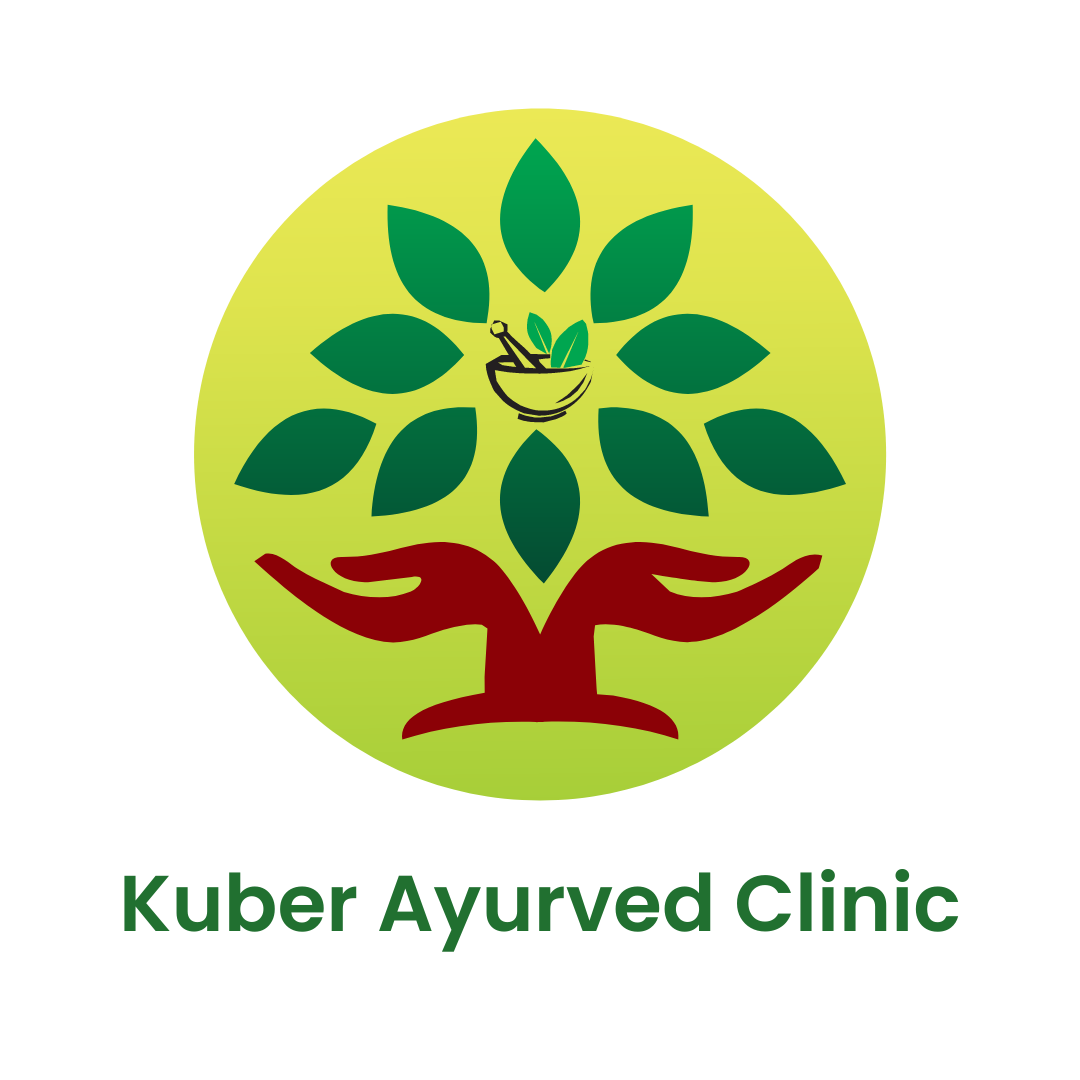+918048033429

This is your website preview.
Currently it only shows your basic business info. Start adding relevant business details such as description, images and products or services to gain your customers attention by using Boost 360 android app / iOS App / web portal.
Prickly heat, also known as miliaria or heat ra...
Prickly heat, also known as miliaria or heat rash, is a common skin condition that occurs when the skin's sweat glands become blocked and swell, leading to discomfort and itching. Here's an overview: Causes and Risk Factors 1. *Heat and humidity*: High temperatures and humidity can cause the skin's sweat glands to become blocked. 2. *Sweat gland blockage*: When the sweat glands are blocked, sweat becomes trapped under the skin, leading to inflammation and discomfort. 3. *Tight clothing*: Wearing tight clothing can trap sweat and bacteria close to the skin, increasing the risk of prickly heat. 4. *Obesity*: Excess weight can increase the risk of prickly heat due to skin folds and trapped sweat. 5. *Physical activity*: Engaging in strenuous physical activity can increase sweat production and lead to prickly heat. Symptoms 1. *Redness and inflammation*: The affected skin may become red, swollen, and inflamed. 2. *Small, itchy bumps*: Prickly heat is characterized by small, itchy bumps or blisters that can appear on the skin. 3. *Discomfort and burning*: The affected skin may feel uncomfortable, itchy, or burning. 4. *Skin lesions*: In severe cases, prickly heat can lead to skin lesions or infections. Treatment and Prevention 1. *Stay cool*: Keeping the skin cool can help prevent prickly heat. 2. *Wear loose clothing*: Wearing loose, breathable clothing can help keep the skin cool and dry. 3. *Use cool compresses*: Applying cool compresses to the affected skin can help reduce discomfort and inflammation. 4. *Avoid scratching*: Scratching the affected skin can lead to further irritation and infection. 5. *Topical creams*: Topical creams or ointments, such as calamine lotion or hydrocortisone cream, can help reduce itching and inflammation. 6. *Oral antihistamines*: In severe cases, oral antihistamines may be prescribed to reduce itching and discomfort. Home Remedies 1. *Aloe vera gel*: Applying aloe vera gel to the affected skin can help soothe and calm the skin. 2. *Coconut oil*: Applying coconut oil to the affected skin can help moisturize and soothe the skin. 3. *Oatmeal baths*: Taking an oatmeal bath can help soothe and calm the skin. 4. *Tea tree oil*: Applying tea tree oil to the affected skin can help reduce inflammation and prevent infection. When to Seek Medical Attention 1. *Severe symptoms*: If symptoms are severe or persistent, seek medical attention. 2. *Infection*: If the affected skin becomes infected, seek medical attention. 3. *Fever*: If a fever develops, seek medical attention. 4. *Widespread rash*: If the rash spreads to other parts of the body, seek medical attention.

